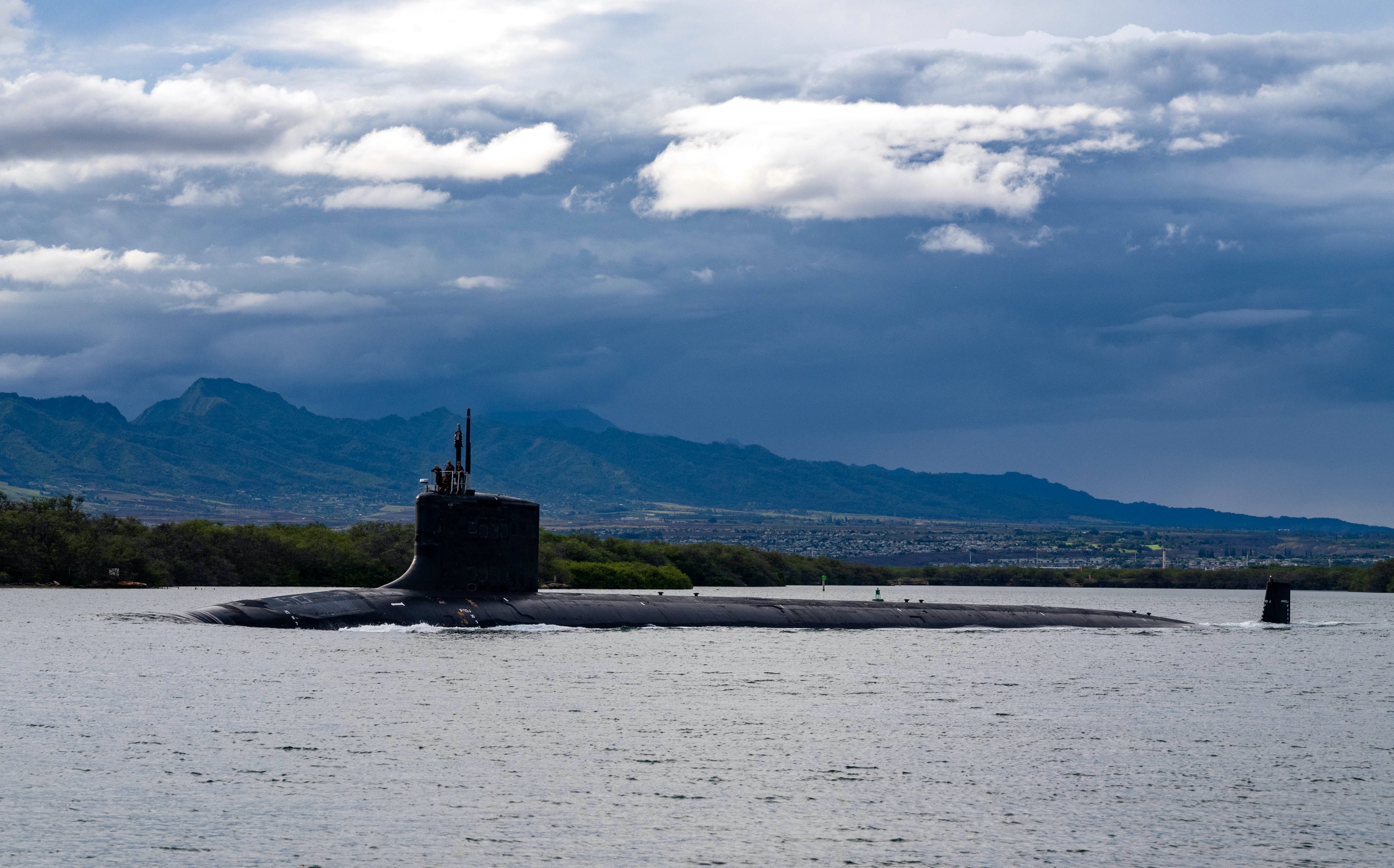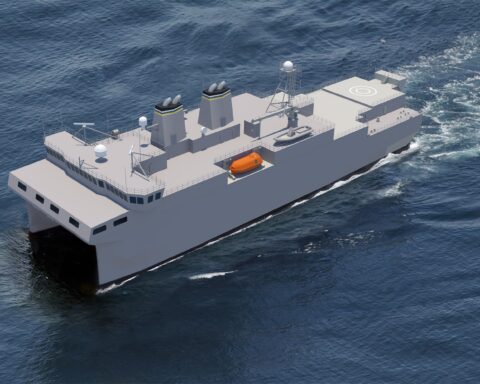The following is the June 29, 2021 Congressional Research Service report Navy Light Amphibious Warship (LAW) Program: Background and Issues for Congress.
From the report
The Navy’s new Light Amphibious Warship (LAW) program envisions procuring a class of 24 to 35 new amphibious ships to support the Marine Corps, particularly in implementing a new Marine Corps operational concept called Expeditionary Advanced Base Operations (EABO). The Navy envisions the first LAW being procured in FY2023. The Navy’s proposed FY2022 budget requests $13.2 million in research and development funding for the program.
The EABO concept was developed with an eye toward potential conflict scenarios with China in the Western Pacific. Under the concept, the Marine Corps envisions, among other things, having reinforced-platoon-sized Marine Corps units maneuver around the theater, moving from island to island, to fire anti-ship cruise missiles (ASCMs) and perform other missions so as to contribute, alongside Navy and other U.S. military forces, to U.S. operations to counter and deny sea control to Chinese forces. The LAW ships would be instrumental to these operations, with LAWs embarking, transporting, landing, and subsequently reembarking these small Marine Corps units.
As conceived by the Navy and Marine Corps, LAWs would be much smaller and individually much less expensive to procure and operate than the Navy’s current amphibious ships. The Navy wants LAWs to be 200 to 400 feet in length, and to have a unit procurement cost of $100 million to $150 million.
The LAW as outlined by the Navy is small enough that it could be built by any of several U.S. shipyards. The Navy’s baseline preference is to have a single shipyard build all the ships, but the Navy is open to having them built in multiple yards to the same design if doing so could permit the program to be implemented more quickly and/or less expensively.
The LAW program poses a number of potential oversight matters for Congress, including the merits of the EABO concept, how LAWs would fit into the Navy’s future fleet architecture, the Navy’s preliminary unit procurement cost target for the ship, and the industrial-base implications of the program.
The issue for Congress is whether to approve, reject, or modify the Navy’s annual funding requests and envisioned acquisition strategy for the program. Congress’s decisions regarding the program could affect Navy and Marine Corps capabilities and funding requirements and the U.S. shipbuilding industrial base.
Download the document here.





